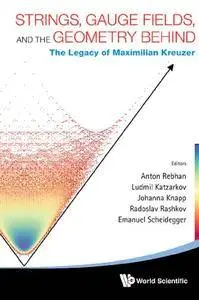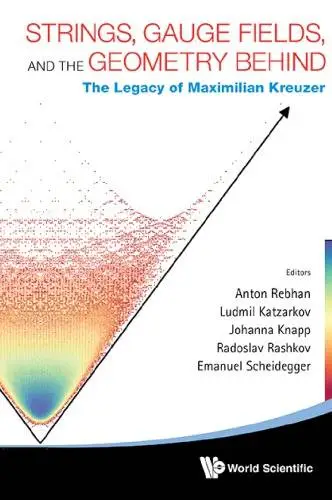Strings, Gauge Fields, and the Geometry Behind: The Legacy of Maximilian Kreuzer
Anton Rebhan, Ludmil Katzarkov | 2012 | PDF | ISBN: 9814412546 | 568 pages | 7 MB
Anton Rebhan, Ludmil Katzarkov | 2012 | PDF | ISBN: 9814412546 | 568 pages | 7 MB
This book contains exclusively invited contributions from collaborators of Maximilian Kreuzer, giving accounts of his scientific legacy and original articles from renowned theoretical physicists and mathematicians, including Victor Batyrev, Philip Candelas, Michael Douglas, Alexei Morozov, Joseph Polchinski, Peter van Nieuwenhuizen, and Peter West.
Besides a collection of review and research articles from high-profile researchers in string theory and related fields of mathematics (in particular, algebraic geometry) which discuss recent progress in the exploration of string theory vacua and corresponding mathematical developments, this book contains a pedagogical account of the important work of Brandt, Dragon, and Kreuzer on classification of anomalies in gauge theories. This highly cited work, which is also quoted in the textbook of Steven Weinberg on quantum field theory, has not yet been presented in full detail except in private lecture notes by Norbert Dragon.
Similarly, the software package PALP (Package for Analyzing Lattice Polytopes with applications to toric geometry), which has been incorporated in the SAGE (Software for Algebra and Geometry Experimentation) project, has not yet been documented in full detail. This book contains a user manual for a new thoroughly revised version of PALP.
By including these two very useful original contributions, researchers in quantum field theory, string theory, and mathematics will find added value in a pedagogical presentation of the classification of quantum gauge field anomalies, and the accompanying comprehensive manual and tutorial for the powerful software package PALP.
Readership: Graduate students and researchers in theoretical physics and mathematics.



